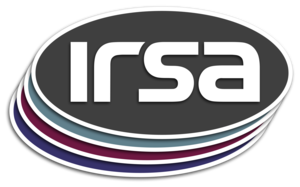COSMOS is an astronomical survey designed to probe the formation and evolution of galaxies as a function of cosmic time (redshift) and large scale structural environment. The survey covers a 2 square degree equatorial field with imaging by most of the major space-based telescopes (Hubble, Spitzer, GALEX, XMM, Chandra) and a number of large ground based telescopes (Subaru, VLA, ESO-VLT, UKIRT, NOAO, CFHT, and others). Over 2 million galaxies are detected, spanning 75% of the age of the universe.
The reference for this catalog is George et al. (2011). This is a group membership catalog drawn from the COSMOS ACS galaxy catalog, similar to the one presented in Leauthaud et al. (2007). The main difference between this catalog and the Leauthaud et al 2007 one is that the raw ACS images have now been corrected for the effects of charge transfer inefficiency (CTI, see Massey et al. 2010 for further details). Since the CTI correction scheme slightly changes the noise properties of the raw images, the detections have also changed. For this reason, the GAL_ID field in this catalog can not be used to match to objects in the 2007 catalog. The pixel scale for this catalog is 0.03". To reference this ACS catalog please reference Leauthaud 2007 with updates presented in Leauthaud et al (in prep). This catalog is truncated at F814W (MAG_AUTO) < 24.2 due to the K-band completeness limit for stellar masses and because photoz uncertainties rise near this limit. Objects within ACS masks have also been removed (these are the same masks as in Leauthaud et al. 2007) and a variety of bad detections have been removed ("clean"=1 and "mu_class"=1) as well as galaxies without stellar masses.
This dataset or service is made available by the Infrared Science Archive (IRSA) at IPAC, which is operated by the California Institute of Technology under contract with the National Aeronautics and Space Administration.




